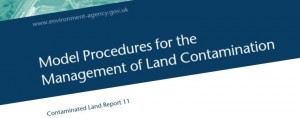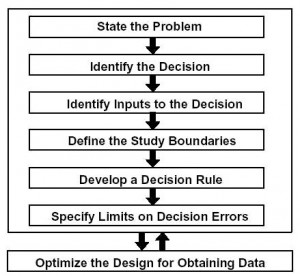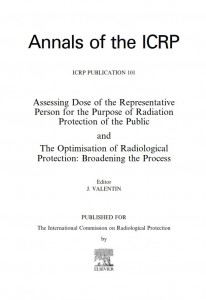In 1990 the US Environmental Protection Agency (EPA) published an introduction to their new quality process known as the Data Quality Objectives (DQO). The system was designed to facilitate defendable and transparent contamination monitoring and data assessment systems. This would be achieved by employing a systematic planning approach to producing performance and acceptance criteria.
 In doing so government owned legacy sites could, where appropriate, be passed onward with improved planning permission possibilities and a vastly reduced risks of future health related litigation. This was simply because the assessment process produced much better estimates of the true levels of contamination. The system is now in its third decade and, in it’s most basic form, is characterised by it’s seven-step process.
In doing so government owned legacy sites could, where appropriate, be passed onward with improved planning permission possibilities and a vastly reduced risks of future health related litigation. This was simply because the assessment process produced much better estimates of the true levels of contamination. The system is now in its third decade and, in it’s most basic form, is characterised by it’s seven-step process.
We have been advising clients on the DQO system since 2005 and our managing director, Greg Wells, has been formally trained by EPA personnel.
The system is complementary to Britain’s technical framework for structured decision making about land contamination (e.g. Contaminated Land Report No. 11 or CLR11) and it allows probabilistic doses to members of the public to be calculated in accordance with ICRP 101.
We introduce clients to the DQO system and help them to understand where it will benefit them and how it can slot into their existing assessment processes. We also instil an systematic assessment culture where the temptation to cherry pick only the ‘desirable’ parts of the DQO system (leaving it open to legal assault) is stigmatised.
We believe that the DQO system is an extremely useful tool when executed properly. It clarifies study objectives, defines the appropriate types of data and specifies tolerable levels of decision errors. It is these decision errors that are used as the basis for establishing the quality and quantity of data needed to support decisions (i.e. the optimum levels of sampling is required). The DQO process is also assisted with a number of support tools including the powerful Visual Sample Plan (another tool you must tread carefully with). We encourage you to engage with DQOs at the earliest opportunity.



